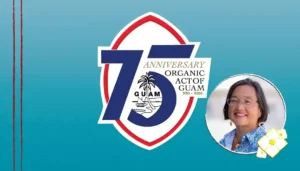
Commemorating Our Past, Commandeering Our Future: Guam’s Rocky Road to Self-Governance
The Organic Act certainly deserves to be celebrated. But at the same time, we cannot overlook its deficiencies. We didn’t even get to elect our

The Organic Act certainly deserves to be celebrated. But at the same time, we cannot overlook its deficiencies. We didn’t even get to elect our
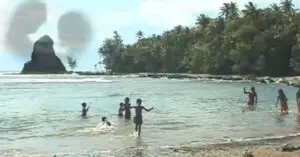
Women in Chamorro history. The importance of women in Chamorro history is well documented, and many Guampedia entries reinforce this point. In the Chamorro cosmology,
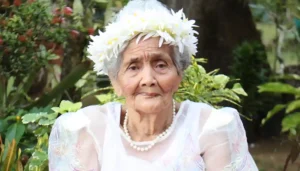
“Gof Metgot I Mana’amte Yan I Amot Siha”—a solemn and profound message recently conveyed at a family gathering by Mrs. Josefa Cruz Certeza, known affectionately
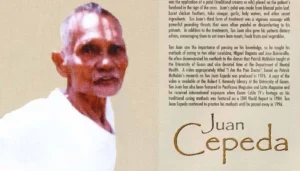
As a child, Juan Cepeda was exposed to traditional healing methods as he assisted his mother Francisca Quitano Cepeda, a suruhåna with the picking of
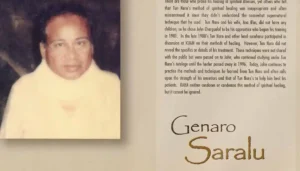
As a child growing up in Saipan, it was a common sight for young Genaro Saralu, to see his mother, a local healer treating her
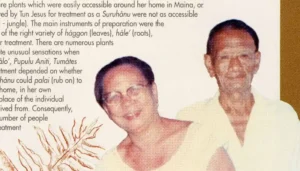
Master Suruhåna Tan Regina and Master Suruhånu Tun Jesus Terlaje have treated hundreds of individuals from throughout the island who have sought healing through a
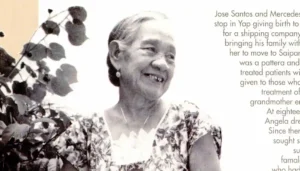
Master Suruhåna Angela Santos Palacios has treated many individuals and is a well-known and well-sought suruhåna.
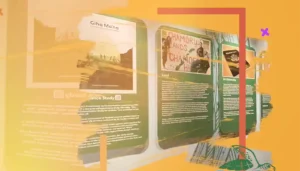
Fanohge CHamoru Put I Tano-ta: Charting Our Collective Future, an exhibition about Guam’s historical quest for political self-determination, ran from 28 March to 31 May
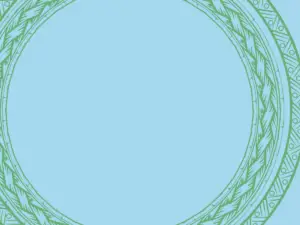
CHamoru efforts toward self-determination and decolonization have brought about the revitalization of CHamoru history and culture. Yet, the need to protect our cultural resources and
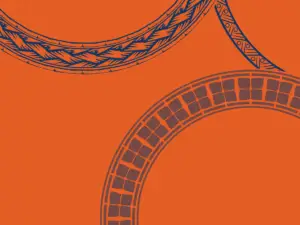
Throughout the second half of the 20th century Guåhan’s leaders encountered multiple challenges to pursuing self-determination through the mechanisms available within the US domestic legal